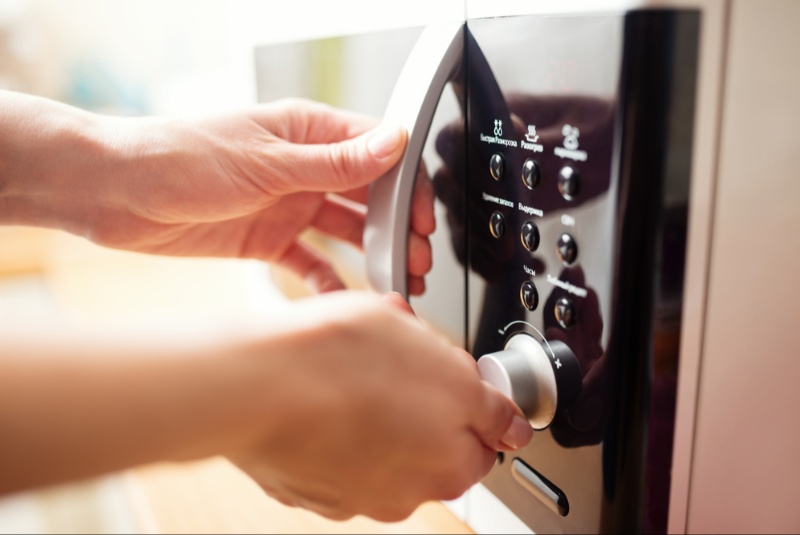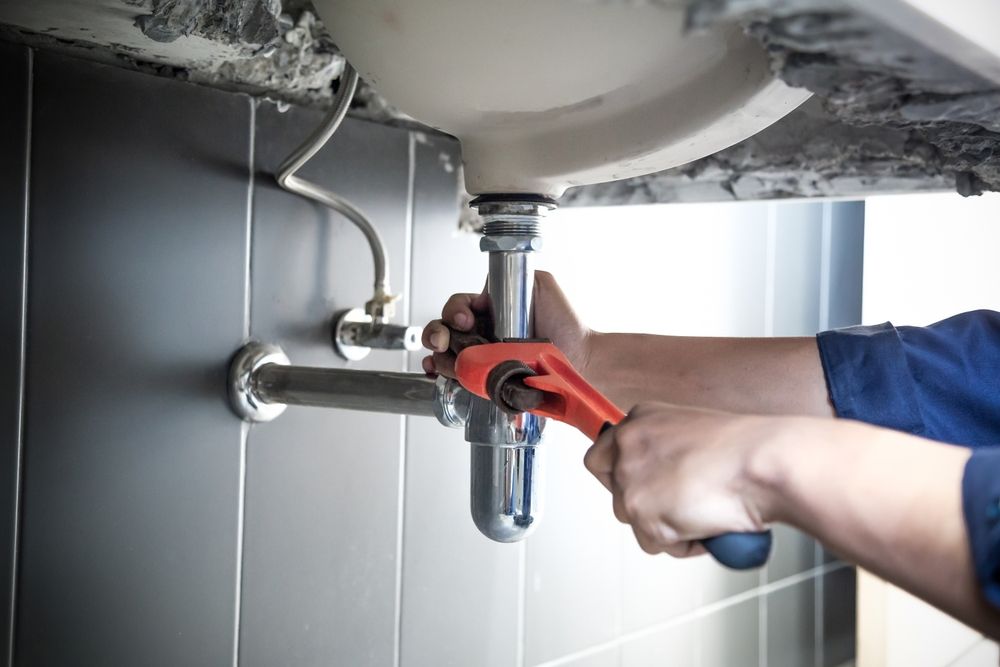Microwaves have become an indispensable appliance in modern kitchens, offering convenience, speed, and versatility in food preparation. Whether you're reheating leftovers, defrosting frozen ingredients, or cooking a quick meal, having the right microwave can streamline your cooking process and enhance your culinary experience. With a wide range of options available on the market, selecting the best microwave for your kitchen can seem daunting. To help you make an informed decision, we've compiled a list of tips to consider when choosing a microwave.
Determine Your Cooking Needs
Before diving into the specifics of microwave models, take some time to assess your cooking needs and preferences. Consider how you plan to use the microwave—will it primarily be used for reheating leftovers and making popcorn, or do you intend to use it for more advanced cooking tasks like baking and grilling? Understanding your cooking habits and requirements will help you narrow down the features and functionalities that are most important to you.
Choose the Right Size
Microwaves come in a variety of sizes, ranging from compact countertop models to built-in and over-the-range units. The size of your kitchen and the available counter or cabinet space will dictate the appropriate size for your microwave. Measure the space where you plan to place the microwave to ensure that it will fit comfortably and allow for adequate ventilation.
Additionally, consider the interior capacity of the microwave, which is measured in cubic feet. A larger interior capacity allows you to cook or heat larger quantities of food at once, making it ideal for families or individuals who frequently entertain guests. However, if space is limited, a compact microwave with a smaller interior capacity may be a more practical choice.
Understand Power Levels and Wattage
The power level of a microwave is measured in watts and determines how quickly and efficiently it can cook or heat food. Higher wattage microwaves typically cook food faster and more evenly than lower wattage models. However, higher wattage microwaves also tend to be more expensive and consume more energy.
When choosing a microwave, consider your cooking preferences and the types of dishes you plan to prepare. If you frequently cook or reheat large quantities of food, a higher wattage microwave may be worth the investment. However, if you primarily use the microwave for simple tasks like reheating beverages or defrosting ingredients, a lower wattage model may suffice.
Consider Cooking Features and Functions
Modern microwaves come equipped with a variety of cooking features and functions designed to enhance versatility and convenience. Some models offer convection cooking, which uses a fan to circulate hot air and cook food more evenly, similar to a traditional oven. Convection microwaves can be used for baking, roasting, and grilling, making them a versatile option for home cooks.
Other features to consider include sensor cooking, which automatically adjusts cooking time and power level based on the moisture and humidity levels detected in the food, and preset cooking programs for popular dishes like popcorn, pizza, and vegetables. Look for a microwave with features that align with your cooking preferences and lifestyle to maximize its utility in your kitchen.

Evaluate Ease of Use and Cleaning
Ease of use and cleaning are important factors to consider when choosing a microwave, especially if you use it frequently in your daily cooking routine. Look for microwaves with intuitive controls and user-friendly interfaces that make it easy to select cooking settings and adjust power levels.
Additionally, consider the interior design and materials of the microwave, as these can affect ease of cleaning. Stainless steel and ceramic interiors are durable and easy to wipe clean, while models with removable turntables and splatter guards make it easier to remove spills and food debris. Choose a microwave with features that simplify maintenance and cleaning to ensure that it remains in good condition for years to come.
Set a Budget and Compare Prices
Finally, set a budget for your microwave purchase and compare prices across different models to find the best value for your money. While higher-end microwaves may offer advanced features and functionalities, there are plenty of affordable options available that provide excellent performance and reliability.
Consider factors such as warranty coverage, brand reputation, and customer reviews when evaluating the value of a microwave. Reading feedback from other consumers can provide valuable insights into the performance, durability, and user satisfaction of different models, helping you make an informed decision.
Design and Aesthetic
Last but not least, consider the design and aesthetic of the microwave to ensure it complements your kitchen decor and personal style. Choose a finish and color that coordinates with your existing appliances and cabinetry, whether it's stainless steel, black, white, or a custom color option. Additionally, consider the placement of the microwave within your kitchen layout, whether it's a countertop model, built-in unit, or over-the-range installation. Take measurements and visualize how the microwave will look in your kitchen space to ensure it fits seamlessly and enhances the overall aesthetic appeal of your culinary environment.
Choosing the right microwave for your kitchen involves considering factors such as size, power levels, cooking features, ease of use, and budget. By understanding your cooking needs and preferences, you can narrow down the options and select a microwave that aligns with your lifestyle and culinary aspirations.
Whether you opt for a compact countertop model or a built-in convection microwave, prioritize features that enhance versatility, convenience, and ease of cleaning. By investing in a quality microwave that meets your needs, you can streamline your cooking process, save time and energy, and enjoy delicious meals with ease.




